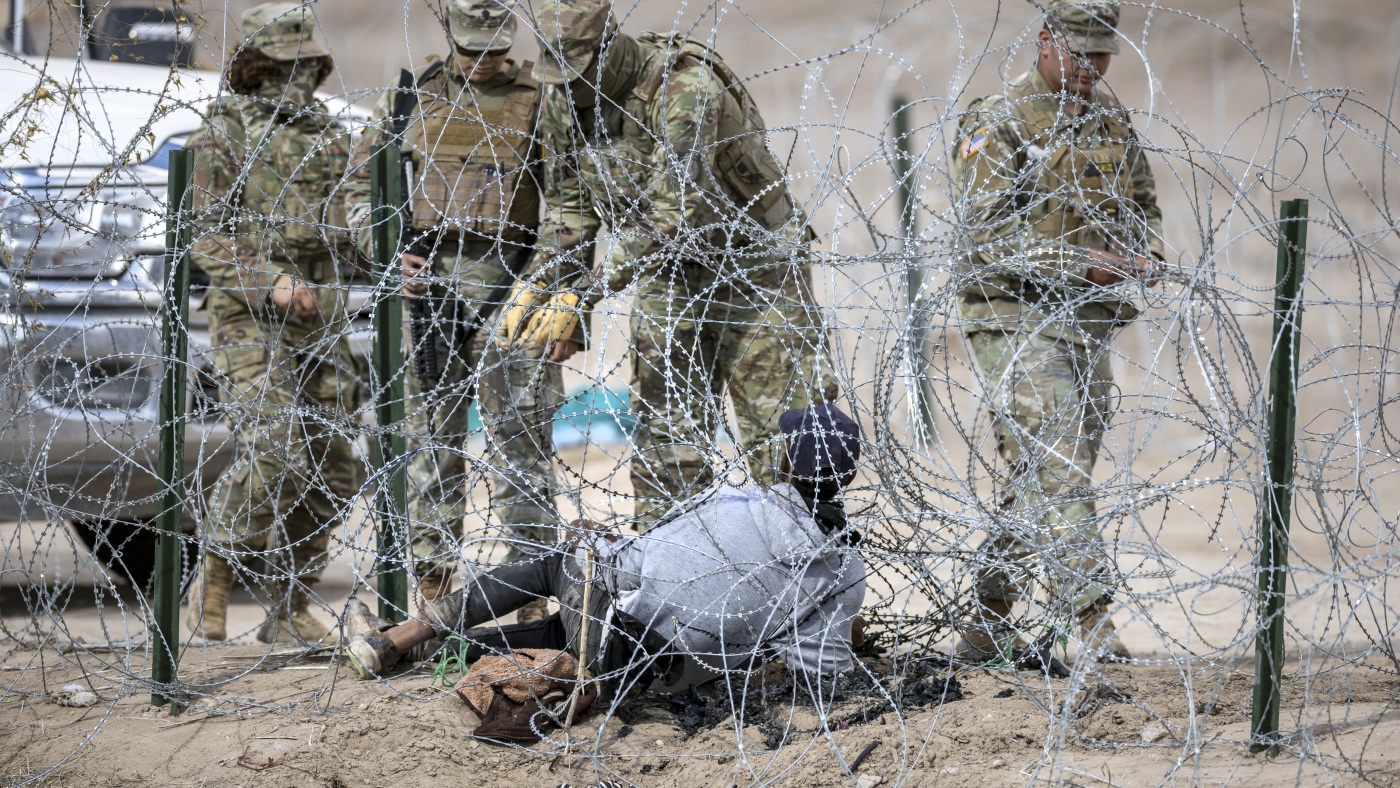For the past few months, South Australia’s coast has faced a severe crisis. A harmful algal bloom has been killing fish, sharks, and other marine life. This situation highlights the ongoing impacts of climate change.
In mid-March, surfers in the Fleurieu Peninsula emerged from the water with stinging eyes and persistent coughs. Discolored foam lined the beaches, along with dead marine animals like fish and leafy sea dragons. Waitpinga and Parsons Beach, usually pristine, became sites of distress.
By May, sick sharks were spotted closer to shore. One unfortunate great white washed up on Henley Beach, and despite efforts to return it to the ocean, it didn’t survive. The bloom spread across the entire coastline of Adelaide, from Kangaroo Island to Gulf St Vincent, affecting around 4500 square kilometers—almost double the size of the Australian Capital Territory.
The Science Behind the Bloom
The algae, known as Karenia mikimotoi, is a natural part of marine ecosystems. However, it bloomed due to several factors. After intense floods in 2022-23, fresh water and nutrients flowed into the ocean. The following year, a unique upwelling pushed more nutrients to the surface, while extended periods of hot, calm weather created ideal conditions for the bloom.
Professor Mehdi Doroudi, from South Australia’s Department of Primary Industries and Regions, points to rising sea temperatures—up to 2.5 degrees above normal—as a critical factor. According to a 2023 study from UNSW Sydney, the Southern Ocean has seen the greatest heat increase in the last 20 years, which correlates with the rise in marine heatwaves and flooding.
The Impact on Marine Life
Cooling winds appeared towards the end of May, but relief was short-lived. A storm surge added more chaos, with dead marine life piling up along Adelaide’s beaches. While surface temperatures dropped, deeper waters remained warmer than average.
Even though karenia mikimotoi is dominant, other harmful algae may be present. Brevetoxins, which can affect humans, have been detected on oyster farms in Yorke Peninsula. As a precaution, several shellfish harvesting sites have been closed for testing.
These algal blooms are deadly for marine life. They drastically reduce oxygen levels in the water, which suffocates fish and other gilled animals. Some toxins also cause physical damage to gills.
Citizen Science and Community Response
Local citizen scientists have stepped up, gathering observations on the marine life affected. The SA Marine Mortality project has collected over 14,000 sightings of approximately 450 species. This data is being shared with researchers and local governments to inform decision-making.
Alarmingly, high algae levels have also been found in estuarine waters, where vulnerable dolphins reside. While this bloom isn’t thought to directly threaten marine mammals, other incidents in the area have led to the death of ten dolphins since March.
Brad Martin, who oversees the project, notes the broader ecological stress: “Massive fish kills mean less prey availability. It’s a tough time for the marine environment.”
Future Implications
Karenia mikimotoi can enter a cyst stage, resting until conditions improve, so blooms may recur. This concerns local communities reliant on fishing and tourism for their livelihoods. Experts like Doroudi emphasize the importance of ecosystem recovery and resilience. Some fishers have reported significant drops in catch due to the bloom, describing conditions as “like something you would see in a horror movie.”
Historical precedents, such as a bloom in Wellington Harbour, Aotearoa New Zealand, in 1998, offer lessons. Oyster farming was halted for a year while new testing systems were developed.
South Australia’s government has acted quickly, waiving fees for commercial fishers and implementing testing regimes. However, recovery can take years. Martin warns that while some species may bounce back quickly, others will require more time.
Broader Reactions
As the beaches turned into grim reminders of environmental strain, various conspiracy theories emerged. Some blamed the county’s desalination plant or sand trucking activities. Opposition leader Vincent Tarzia has called for a royal commission into the matter.
Environment Minister Susan Close stated, “This phenomenon is driven by climate change. We must understand that a stable marine environment is now a thing of the past.”
During gatherings like the Illuminate Adelaide festival, activists voiced their concerns over climate impacts on marine life, signaling a growing call for action. Recently announced federal funding of $14 million aims to support fishers and scientific research, a move some criticize as insufficient compared to the scale of the crisis.
As community interest in coastal restoration rises, initiatives like shellfish reef restoration and kelp forest habitats are being discussed. These efforts could help mitigate future blooms, offering hope as South Australia navigates these troubled waters.
The ongoing crisis not only reflects the severe consequences of climate change but also underscores the urgent need for collective action to protect marine ecosystems.






















